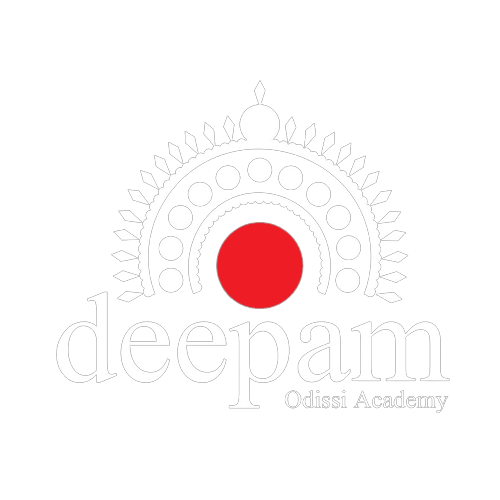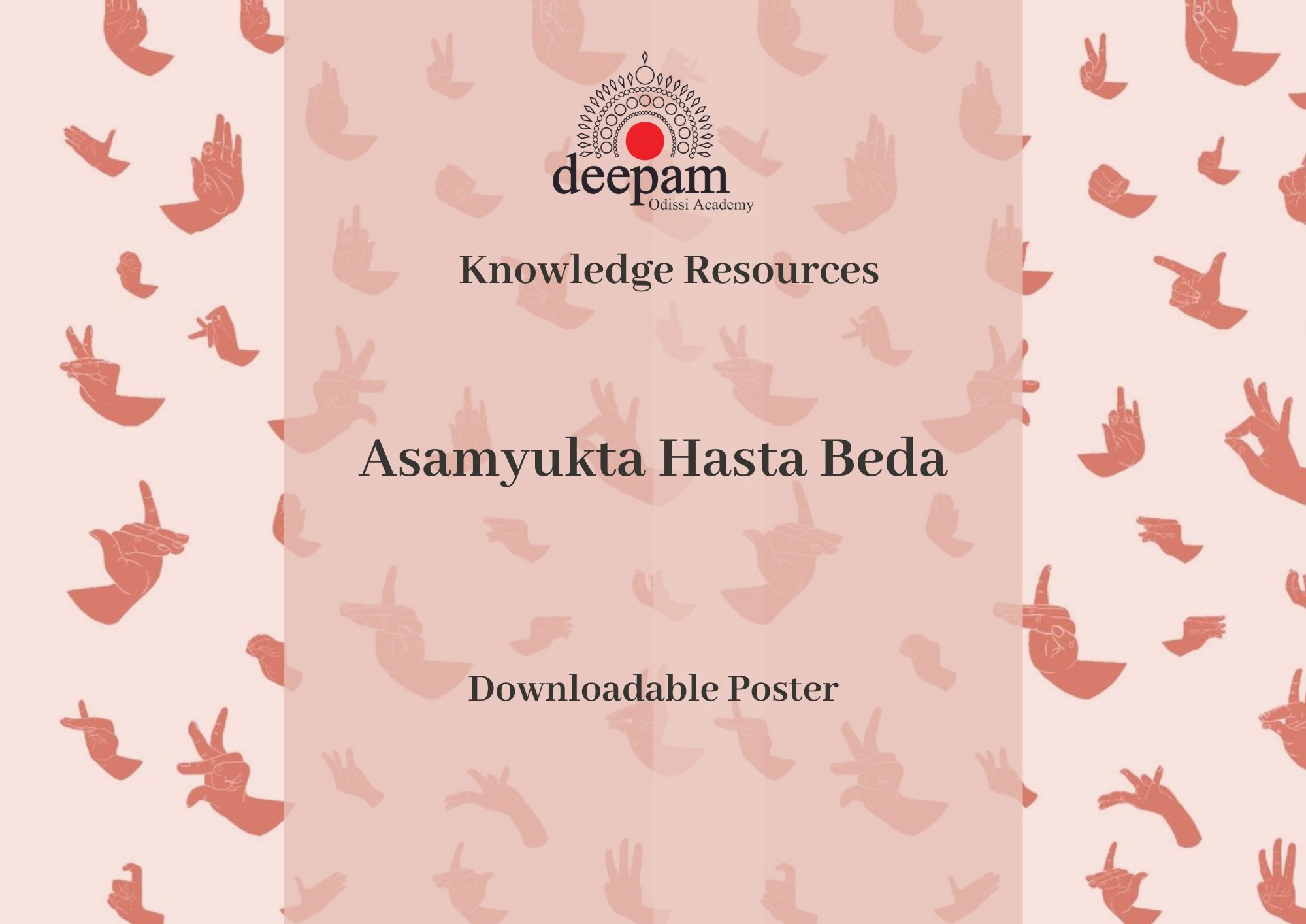Hasta Bheda : Speaking through Mudras
A Mudra is a symbolic hand gesture used in Hindu and Buddhist iconography, performing arts, and spiritual practice including yoga, dance, drama and tantra.
There are a total of 28 mudras in the Abhinaya Darpan or the The Mirror of Gesture. It mentions that the dancer should sing the song by the throat, express the meaning of the song through hand gestures, show the state of feelings by eyes and keep track of the time with feet. From the Natya Shastra, the ancient Hindu treatise on the performing arts written by sage Bharata, this quotation is often taught to Indian classical dancers:
Translation
Where the hands are,
the eyes follow
Where the eyes are,
the mind follows
Where the mind goes,
there is expression
Where this is expression,
mood is evoked
Understanding the dance mudras and executing them correctly is a part of building yourself as a powerful performer. Each finger in our hand plays an important role in reciting the story of dance. So let us first begin with naming our fingers.
ANGUSTHA: Thumb
TARJANI: Fore Finger
MADHYUMA: Middle Finger
ANAMIKA: Ring Finger
KANISHTHA: Little Finger
Mudras in Odissi Dance are divides in four parts as follow:
Asamyukta Hasta Mudra – Single hand Mudras – 28 Prakar (types)
Samyukta Hasta Mudra– Joint hand Mudras – 23 Prakar (types)
Nrutya Hasta Mudra – 17 Prakar “Pure Dance” Mudras (Select few out of the above categories).
Parampara Hasta Mudra – 10 Prakar- Traditional Mudras commonly used for easy understanding
ASAMYUKTA HASTA
Single hand Mudras – 28 Prakar
These hand gestures are shown on single hand or on both hands separately
Pataka- Flag
Tripataka – Three parts of a flag
Ardhapataka – Half flag
Kartarimukha – Scissors face
Mayura – Peacock
Ardhachandra – Half moon
Arala – Crooked
Sukhatunda – Parrot’s Beak
Mushti – Fist
Shikhara – Spire
Kapittha – Wood apple
Kataka Mukha (1,2 & 3)– Type of bird
Suchi – Needle
Chandrakala – Dark moon
Padmakosha – Half open lotus flower
Sarpashirsha – Serpent head
Mrigashirsha – Dear head
Simhamukha – Lion Face
Kangula – Bulb
Alapadma – Fully open lotus flower
Chatura – Smart /Square
Bramhara – Bee
Hamsasaya – Wild Goose or Swan
Hamsapakshya – Wild Goose or Swan’s wing
Samdamsa – Firefly
Mukula – flower bud
Tamrachuda – Rooster
Trishula – Trident (Emblem of Shiva)
SAMYUKTA HASTA MUDRAS
Conjunctive Hand Gestures – 23 Prakar
These hand gestures are shown with both the hands joined together
Anjali – Salutation
Kapota – Dove
Karkata – Crab
Swastika – Cross
Dola – Swing
Pushpaputa – Flower casket
Utsanga – Embrace
Shivalinga – Masculine principal
Katakavardhana – Link of increase
Kartariswastika – Crossed arrows
Shakata – Cart
Shankha – Conch shell
Chakra – Wheel
Samputa – Casket
Pasha – Noose
Kilaka – Bond
Matsya – Fish
Kurma – Turtle
Varaha – Wild boar
Garuda – Eagle
Nagabandha – Serpent tie
Khatva – Cot
Bherunda – Two-headed bird / pair of birds
NRUTYA HASTA MUDRA
These are hand gestures or pure dance mudras that are frequently used during performances. They are a collection of some Asumyukta and Sumyukta Hasta Mudras.
Pataka
Ardhapatak
Mayura
Hansasya
Chatura
Ardhachandra
Alapadma
Katakamukha
Suchi
Sikhara
Kapitha
Sukachanchu
Anjali
Swastika
Karkata
Dolahasta
Puspaputa
PARAMPARA HASTA MUDRA
Parampara Hasta Mudras are traditional Mudras commonly used during dance for easy understanding.
Bastra – Cloth
Tambula – Betel (Paan)
Puspa – Flower
Bana – Bow
Sukachanchu-
Padma – Lotus
Gabakshya – Window
Mayura – Peacock
Ubhaya Kartati – love and affection
Pradeepa – Oil Lamp






